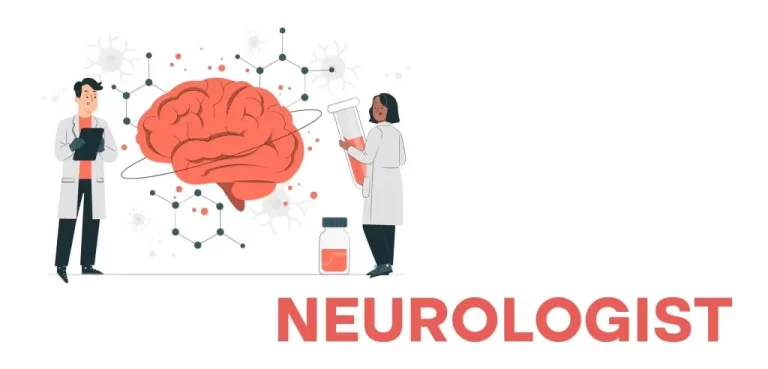Best Neurologist Doctor In Vijayawada, Andhra Pradesh
If you are looking for the Best Neurologist Doctor In Vijayawada, Andhra Pradesh here we update all the Neurologist Doctor In Vijaywada with contact details, timing, and address. The List Of Neurologist Doctor In Vijayawada Dr. Susmitha Yella-Neurologist Hospital Address: SRITHA SPECIALITY CLINIC36-12-2, Santhi Nagar 2nd laneOpposite Indian Oil Petrol BunkVijayawada, Andhra Pradesh 520010 Dr….

